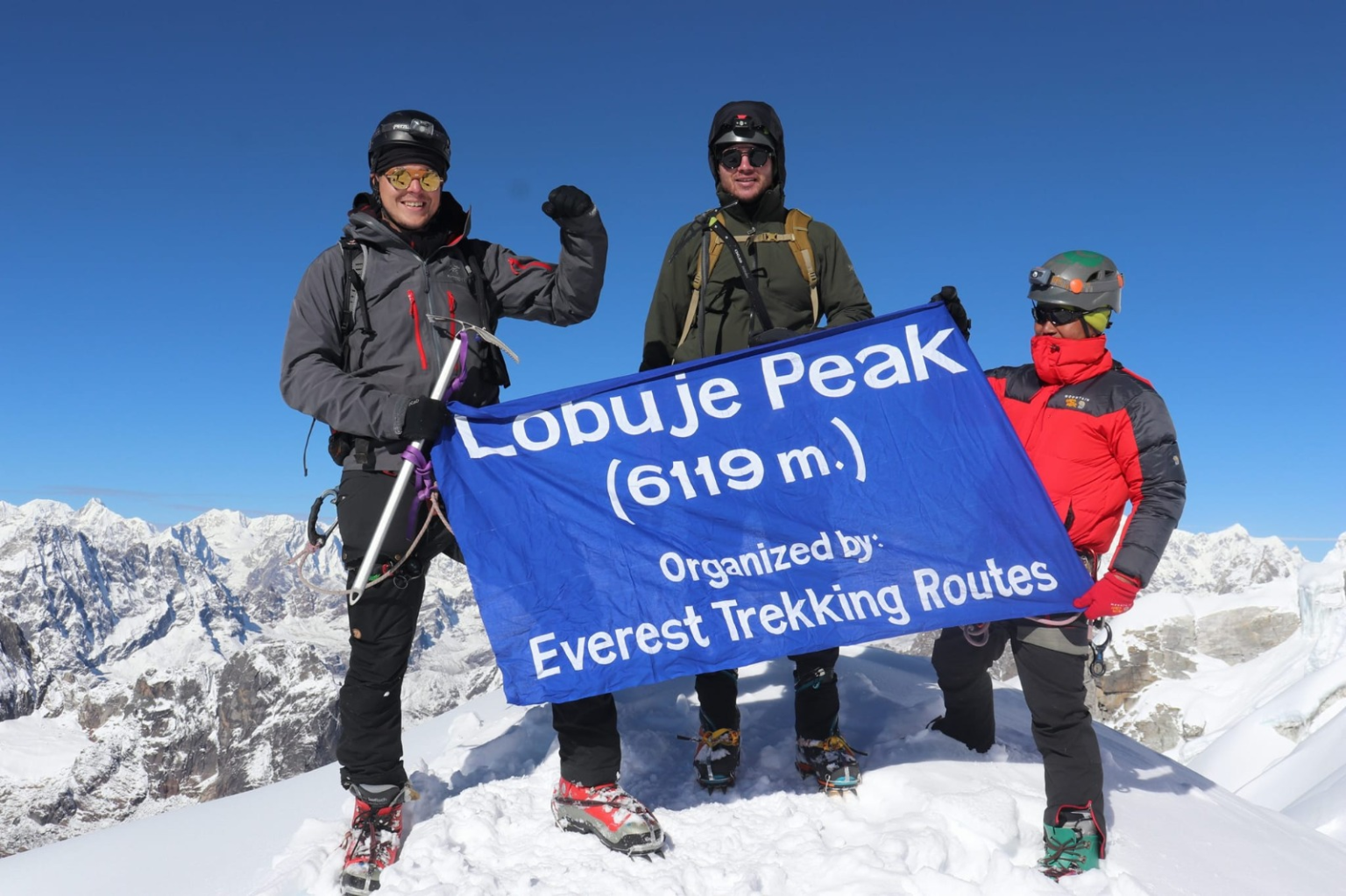The Himalayas, a land of mystique and majesty, have long called to the hearts of explorers, dreamers, and seekers of the sublime. Towering above the clouds, these sacred mountains offer not just a physical challenge, but a spiritual journey—one that weaves through ancient cultures, rugged terrain, and breathtaking serenity. Among the countless peaks that grace this legendary range, Mera Peak, Island Peak, and Lobuche Peak shine like jewels in the crown of Nepal’s climbing heritage. Each possesses its own rhythm, character, and soul, yet all three promise an unforgettable dance with the sky.
Mera Peak: The Roof of Adventure
At 6,476 meters (21,247 feet), Mera Peak is the highest trekking peak in Nepal and a cherished goal for those who dream of touching the sky without venturing into extreme technical climbing. Nestled in the remote Solu Khumbu region, Mera stands apart, not just for its altitude, but for the profound silence that surrounds it—a world where time slows and every breath becomes sacred.
The path to Mera winds through enchanted forests, over swinging suspension bridges, and into the heart of Sherpa country. Trekkers pass through quaint villages like Paiya and Khote, greeted with warm smiles and prayer flags fluttering in the alpine breeze. With each step, the air thins, but the spirit soars higher.
Though Mera’s climb is not heavily technical, it requires endurance, determination, and respect for altitude. Roped glacier crossings and steep snow slopes add to the adventure, but the ultimate reward lies at the summit. From this towering perch, the eyes drink in a celestial panorama—Everest, Lhotse, Makalu, Kanchenjunga, and Cho Oyu aligned like sentinels of the sky. It is a view that etches itself forever into the soul, a vision of Earth from the heavens.
Island Peak: A Dream Carved in Ice
Just a few days’ trek from the Everest Base Camp trail lies Island Peak (Imja Tse), a striking summit rising to 6,189 meters (20,305 feet). Sir Edmund Hillary gave it its poetic name, noting how it appeared like an island amid a sea of glacial giants. Island Peak is a perfect blend of scenic grandeur and technical challenge, a stepping stone for climbers aiming for higher Himalayan conquests.
The trail to Island Peak is a classic Himalayan odyssey. It begins in Lukla and ascends through the famed Khumbu Valley, passing Tengboche’s iconic monastery and the turquoise roofs of Dingboche village. Along the way, trekkers walk beside yaks and hear the deep chants of monks echoing through the mountains.
What distinguishes Island Peak is its icy summit push. Climbers must navigate ladders across crevasses, use fixed ropes on a steep headwall, and master the rhythm of ice axe and crampon. While not suited for absolute beginners, it is an achievable peak for those with basic mountaineering training and an adventurous heart.
Reaching the summit is like entering another world. The towering south face of Lhotse looms above, and the Imja Glacier sparkles below like a frozen river of light. It’s a moment that blurs the line between earth and sky, body and spirit, ambition and awe.
Lobuche Peak: Where Solitude Meets Glory
To the west of the Khumbu Glacier, the jagged silhouette of Lobuche Peak rises like a crown of stone and ice. With twin summits—Lobuche East (6,119 m) and the more technical Lobuche West (6,145 m)—this mountain offers climbers a formidable yet glorious test. Lobuche East is the more frequently attempted of the two, classified as a trekking peak, though its steep ridgelines and exposed ascents require focus, fitness, and courage.
What makes Lobuche truly special is its position. The approach follows the classic Everest trail, but veers off into more isolated valleys, where one walks not just away from civilization but deeper into a world of purity and stillness. It’s here that the sound of one’s breath becomes the soundtrack of the journey, where each sunrise paints the peaks in gold and silver, and where climbers rediscover the joy of solitude.
Technically more demanding than Mera or Island Peak, Lobuche presents rocky slabs, narrow ice paths, and sharp summit ridges. It is ideal for climbers with prior experience who are ready to push their limits a little further. But with that challenge comes exceptional reward—the summit provides staggering views of Everest, Pumori, Nuptse, Ama Dablam, and the jagged skyline of the greater Himalayas.
Lobuche isn’t just a peak—it’s a rite of passage, a mountain that demands everything from you and gives back tenfold in spirit and wonder.
Conclusion: A Symphony of Mountains and Meaning
Mera Peak, Island Peak, and Lobuche Peak are more than climbs—they are pilgrimages to the sky, where nature reveals her grandeur and the human spirit rises to meet it. These mountains do not merely test the body; they stir the soul, transforming those who dare to walk their trails and stand upon their snowy crowns.
Each peak offers a different flavor of the Himalayan essence: Mera with its vastness and serenity, Island with its artistry and edge, and Lobuche with its solitude and strength. Together, they form a perfect trilogy—a path from aspiring trekker to seasoned climber, all within the embrace of the world’s most iconic mountain range.
In their presence, one finds humility. In their silence, one hears the truth. And in their challenge, one discovers greatness not just in altitude, but in attitude.
For those seeking more than just adventure—for those yearning for clarity, courage, and connection—the journey to these Himalayan peaks is not just a climb. It is a calling.
Contact Details
———————
Company address: Everest Trekking Routes Pvt. Ltd.
16 Khumbu, Nayabazaar, Kathmandu, Nepal
Mobile : +977-9843467921 (Rabin)
Email: [email protected]
URL:- www.everesttrekkingroutes.com


